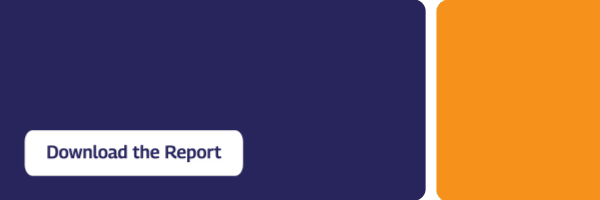 Social barriers may be the most challenging aspect of supporting members in their health journeys. Experts agree that these social barriers, or social determinants of health (SDOH), influence as much as 80 percent of health outcomes and drive health disparities. Thus, prioritizing overcoming these barriers is key to achieving better results for your members and reducing costs for your plan.
Social barriers may be the most challenging aspect of supporting members in their health journeys. Experts agree that these social barriers, or social determinants of health (SDOH), influence as much as 80 percent of health outcomes and drive health disparities. Thus, prioritizing overcoming these barriers is key to achieving better results for your members and reducing costs for your plan.
In this post, we explore the top social barriers, their impacts on care and how to offer solutions to overcome them.
What are the most common social barriers?
Healthy People 2030, a program of the U.S. Department of Health and Human Services (HHS), categorizes SDOH into five domains:
- Economic stability: Poverty, employment, food security and housing stability
- Education access and quality: Language and literacy, education attainment and early childhood education and development
- Health care access and quality: Access to primary care, insurance coverage and health literacy
- Neighborhood and built environment: Quality of housing, transportation, availability of healthy foods, air and water quality and neighborhood crime and violence
- Social and community context: Community, civic participation, discrimination, workplace conditions and incarceration
In identifying these, the Healthy People 2030 program aims to “create social, physical and economic environments that promote attaining the full potential of health and well-being for all.”
These factors significantly impact a member’s ability to access care, understand their health and treatment plans, manage chronic diseases and more. The impact is compounding because it’s difficult for someone to be health conscious if they don’t have housing, transportation, food, steady income or safety in their homes.
The ability to track SDOH needs has become more transparent with medical codes.
Providers, health systems and insurers can document SDOH data using medical codes, from the International Classification of Diseases (ICD-10) helping them better understand a patient’s holistic medical, social, and behavioral health. Specific to social issues, providers may use Z codes (Z55-Z65). These codes also reveal the most prominent social barriers such as: . In 2020, The Centers for Medicare and Medicaid Services (CMS) released its first report since adding these codes in 2016. The most commonly used codes for SDOH were:
- Housing issues
- Transportation
- Social support network and interpersonal problems
- Food insecurity
- Employment and Education
This data, along with other research, provides insight into social barriers as a whole, which CMS and the Centers for Disease Control and Prevention (CDC) leveraged to develop new programs to address them. That said, it is important to incorporate SDOH screening into your processes to make a difference at the individual level. Once you identify specific social barriers, you can engage your members with the proper resources.
Helping members overcome these barriers: What actions can you take?
As noted above, CMS has a new roadmap to address social barriers with programs. That’s a start, but deploying these solutions at scale while also focusing on the individual can be challenging. Identifying SDOH needs isn’t just as easy as sending a survey. As the information is personal for the member to share, using technology that is thoughtful, friendly and not intimidating is crucial. Screening and gathering data will benefit here too.
Once you understand a member’s social barriers, you can do the following:
Provide community resources.
Homelessness was the prevailing social barrier in claims data, so incorporating it as a key factor in your SDOH planning is a wise decision. It is a complicated issue with many factors, but community resources such as homeless shelters and social services organizations can get people into safe housing.
Although your plan may not offer direct help with homelessness, delivering information about these resources can guide members to them, therefore breaking down this urgent social barrier. Emerging models that allow various levels of more direct housing support vary state by state,
Improve member engagement.
Those with severe SDOH needs often disconnect from their plan, impacting their health and your costs. This disengagement can result from any of the five SDOH domains—economic stability, education access and quality, health care access and quality, neighborhood and built environment and social and community context—but one of the leading causes is social isolation.
Of the most common SDOH needs listed above, those related to education, neighborhood and community can create social barriers when members lack those connections. As a result, these members can suffer from pervasive loneliness. And although not explicitly identified in the five domains, loneliness is a common thread in all of them.
Loneliness is a barrier to member engagement. Plans can work to improve engagement by identifying the lonely through empathy-driven technology and human connection.
This combination allows you to receive actionable data about which members are lonely. Lonely members tend to over-utilize plans due to a lack of social support, seek care in expensive settings like emergency departments, and do not follow treatment plans or adhere to medication regimens.
Combining this information with data gathered through SDOH screenings offers insights into how to address both simultaneously, as they are intrinsically linked. We know this because our internal data concluded that a health plan’s members were 110 percent more likely to identify “safety” SDOH needs when they are also lonely.
Learn more about our solution for Medicare plans seeking to identify and address social barriers and loneliness.


